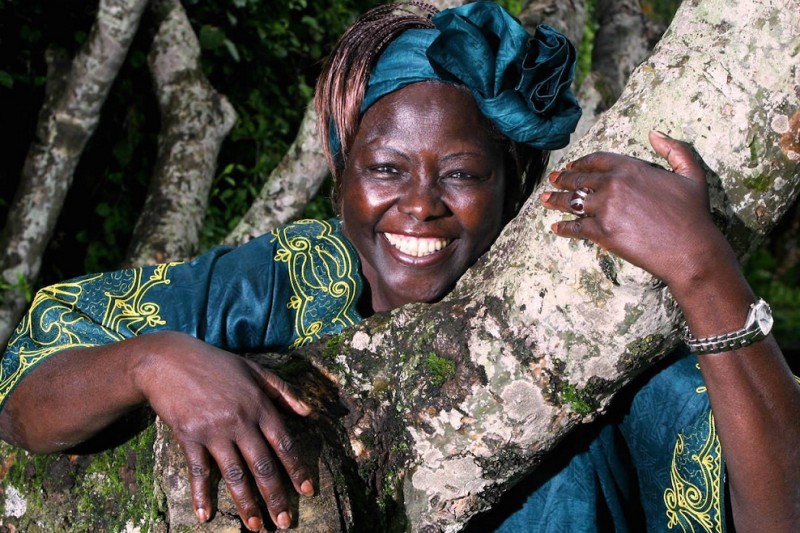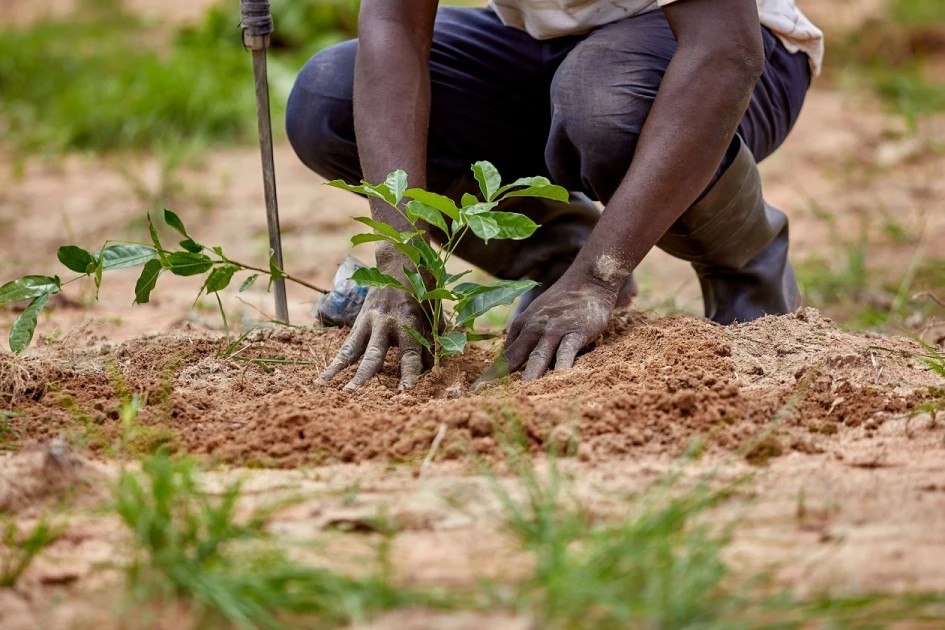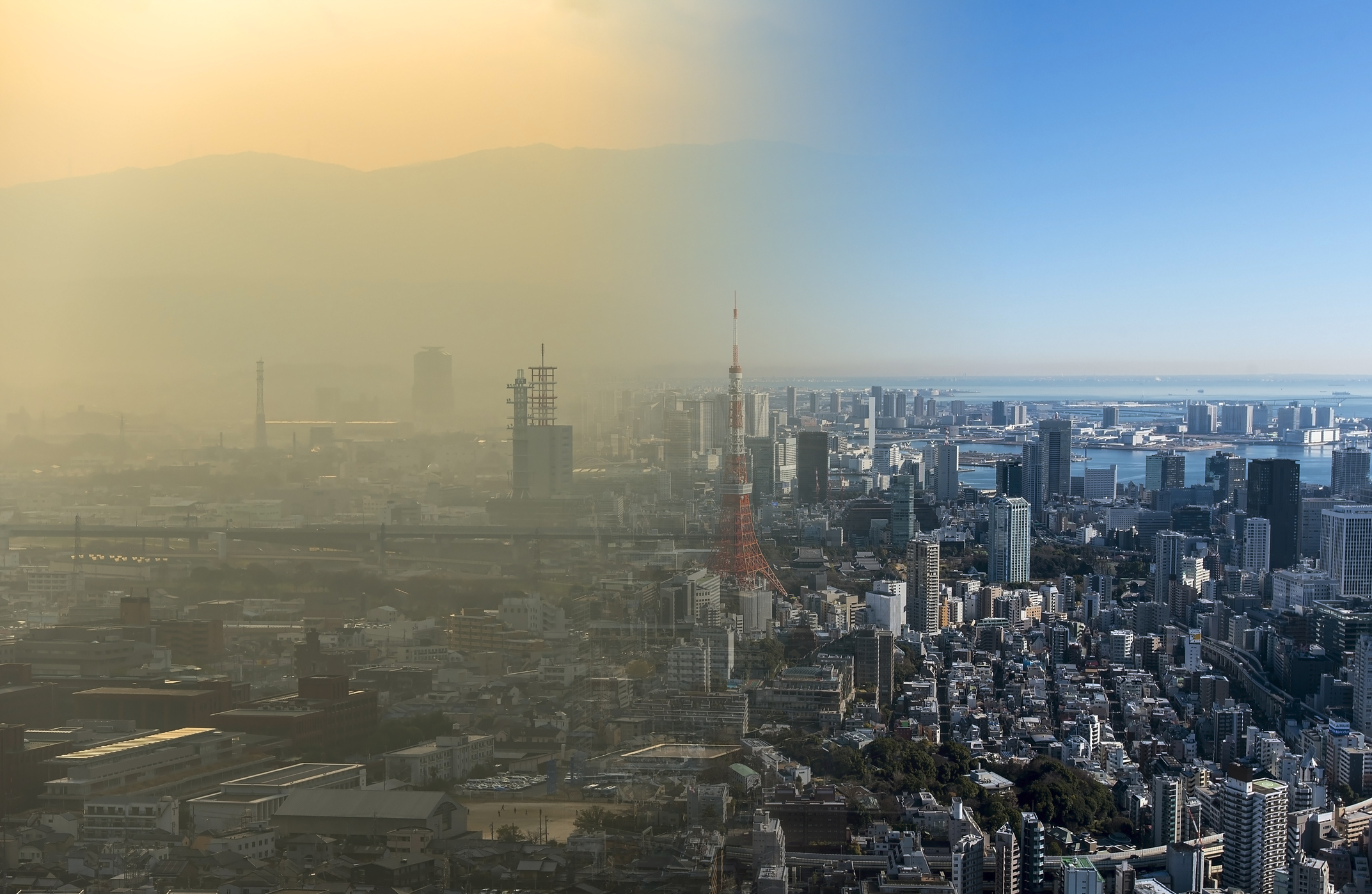- From Uhuru Park to Nairobi National Park: Wangari Maathai’s Legacy Still Speaks
- In talks about conservation, one name echoes through the branches of history: Wangari Maathai. A woman to remember. A legend whose roots in environmental activism continue to shape civic consciousness and policy resistance.
In talks about conservation, one name echoes through the branches of history: Wangari Maathai. A woman to remember. A legend whose roots in environmental activism continue to shape civic consciousness and policy resistance.
On October 2, 1989, Maathai led a protest that would become one of the most iconic environmental stands in Kenya’s history. She opposed the construction of a 60-storey skyscraper, the Kenya Times Media Trust Complex slated to rise in Uhuru Park, Nairobi. Backed by powerful political interests, the project threatened to erase one of the city’s few green public spaces.
Maathai’s resistance was met with fierce backlash. She was vilified, evicted from her office, and branded “mad” by state officials. But her stand sparked national and international outrage, forcing the project’s cancellation.
That protest became a defining moment in her career, showcasing her courage and strategic activism. It laid the groundwork for her later recognition, including the 2004 Nobel Peace Prize.
October 2 is now commemorated as Wangari Maathai Day across Africa.
Read More
Fast forward 36 years later, in June 2025, a new controversy emerged. Dr. Francis Atwoli, Secretary General of the Central Organisation of Trade Unions (COTU), publicly suggested that Nairobi National Park be repurposed for infrastructure and industrial development.
He argued that relocating wildlife to the Maasai Mara would free up land to build roads, manufacturing hubs, and housing transforming Nairobi into a “world-class metropolis.”
But the proposal is yet to be approved. Experts dismissed the idea as logistically unfeasible and ecologically dangerous. Mass translocation of wildlife especially sensitive species like rhinos and vultures often results in high mortality and ecosystem collapse.
Conservationists have successfully framed the park as a non-negotiable civic and ecological asset, and there is no active plan to dissolve or repurpose it.
Globally, the United Nations Kunming-Montreal Global Biodiversity Framework (GBF) reinforces this stance. It aims to halt species extinction and biodiversity loss, reminding nations that development without ecological integrity is a false victory.







